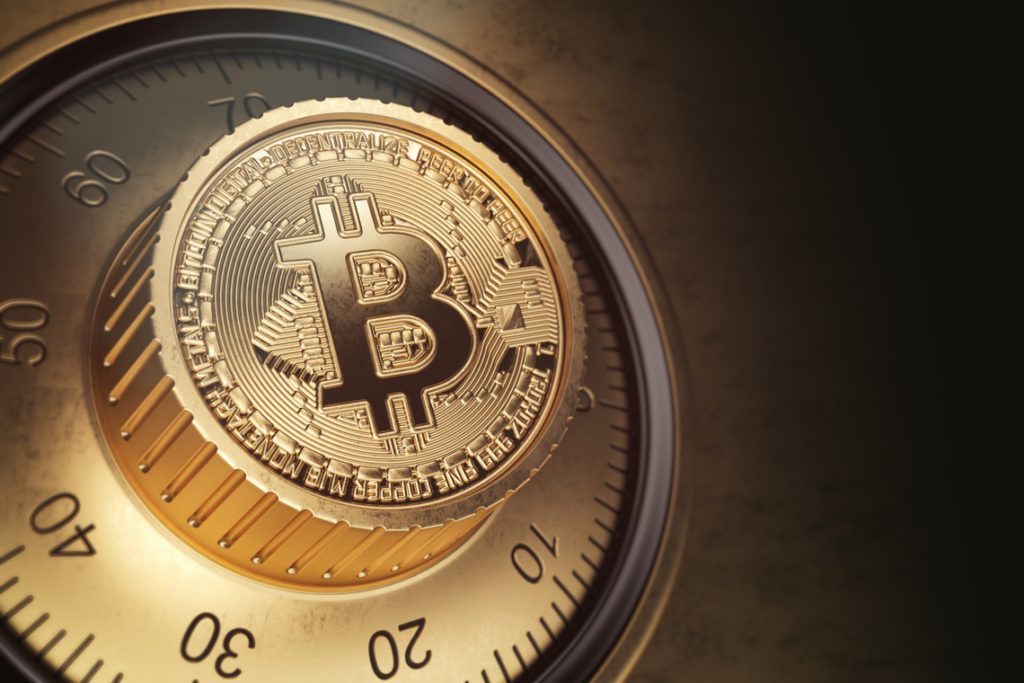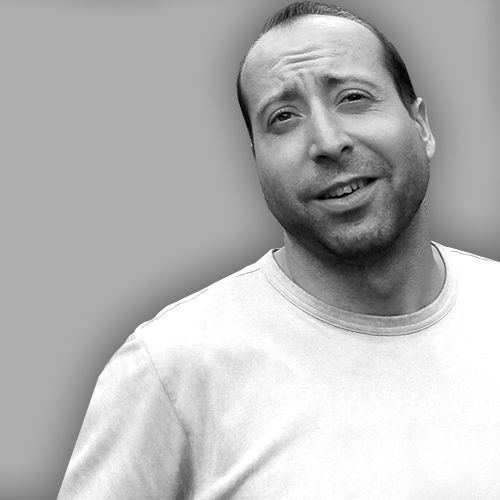I took my hub down because:
— Andreas (@abrkn) December 27, 2018
– Funds have to be online/hot. Introduces counterparty compared to hardware/paper wallet
– Funds are locked in channels. If the other side of the channel is unreachable, you need to wait up to weeks
– Earns nothing. Much less than hosting cost
Hot Storage and Locking Funds
What convinced Brekken to join the discussion was an interesting question raised by crypto research analyst Tom Shaughnessy, who asked why two parties would have an interest in locking away funds for a Bitcoin payment channel. To earn a passive income could be a very good answer. However, what happens when that passive income isn’t worthwhile — like in today’s ecosystem? Brekken realized that ‘owning’ the Lightning Network is quite costly. Moreover, the earnings are next to nothing. During his experiment, his hub mitigated 389 payments for a ‘profit’ of $0.34. On average, he made $0.00087 per transaction, given the price range of $7,500 – $8,000 per bitcoin.
Decisions, Decisions
Putting aside the incentive part, Brekken also mentioned two valid points that could weigh heavily on any interested entity’s decision in the future. The first involves keeping the BTC in a hot/online storage. If Bitcoin and the Lightning Network gains traction, the ‘staked’ funds will be significant. As a result, the risk will be significant, too. Keeping funds in hot storage is very dangerous, as recent years taught us, with hackers profiting from the situation. Furthermore, locking the funds away to sustain a Lightning Network node/hub is a risky choice, given Bitcoin’s volatility. Weeks in crypto-terms is a long time that could lead to big losses — not just big winnings. A hodler may not mind the volatility, but what about businesses, which are mostly interested in profit? Are they willing to gamble?
The Grain Of Salt
Sure they are — if the rate of return is high enough. It is worth mentioning that Brekken conducted his experiment five months ago. The Lightning Network has grown exponentially since launch, at the beginning of 2018, up to 10,000 percent. Since August 2018, LN is up more than 300 percent in capacity. The current average fee is around one to two satoshis with the layer rarely being used. Yet, if Bitcoin gathers enough steam, LN could turn out to be the much-needed escape from the network’s future congestions. In addition, Brekken’s tweet should be taken with a grain of salt. He is a Bitcoin Cash advocate and his actual opinion on Bitcoin’s second layer may be biased as a result. This doesn’t mean he’s a BCH maximalist or anti-Bitcoin, though. Indeed, he did terminate his ‘taking over Lightning Network’ experiment after a week or so, but he continues to run LN nodes to this date — despite his opinion on the network’s setbacks.Do you operate an LN node yourself? Have you tried setting up a node or using the Lightning Network for payments? What are your thoughts on Bitcoin’s payment layer? Please share them with the rest of us in the comment section below.Wait, who says I'm not still operating LN nodes? Reverse sybil. https://t.co/pyCpNJVNtv
— Andreas (@abrkn) December 28, 2018
Disclaimer
In adherence to the Trust Project guidelines, BeInCrypto is committed to unbiased, transparent reporting. This news article aims to provide accurate, timely information. However, readers are advised to verify facts independently and consult with a professional before making any decisions based on this content. Please note that our Terms and Conditions, Privacy Policy, and Disclaimers have been updated.

